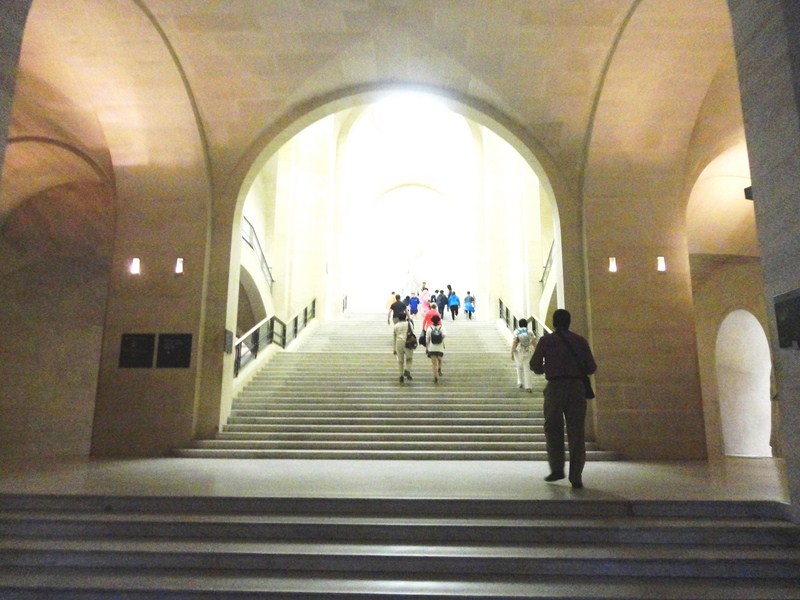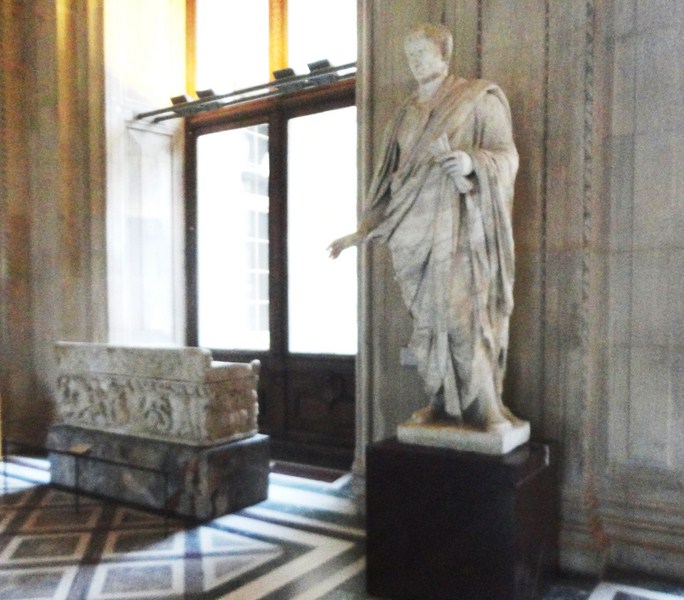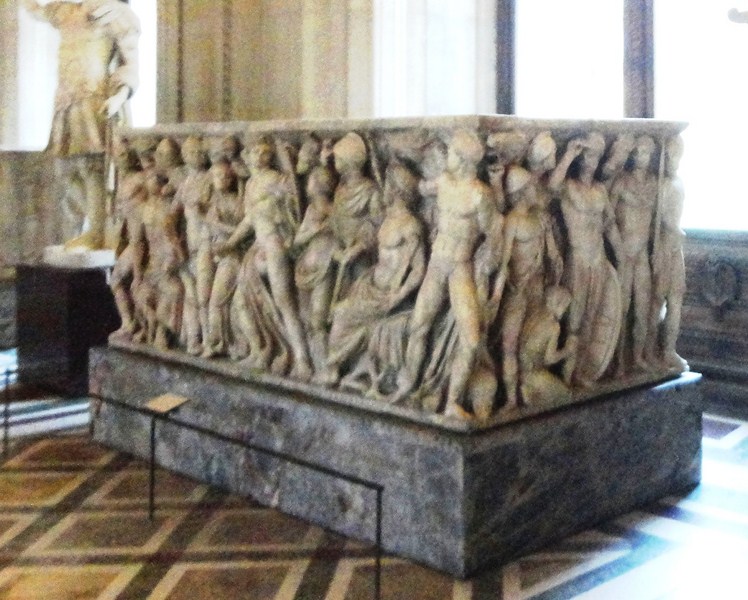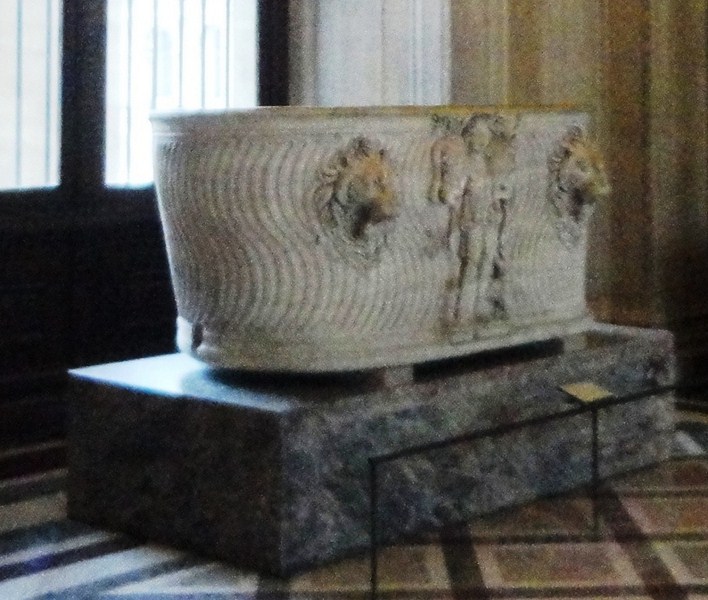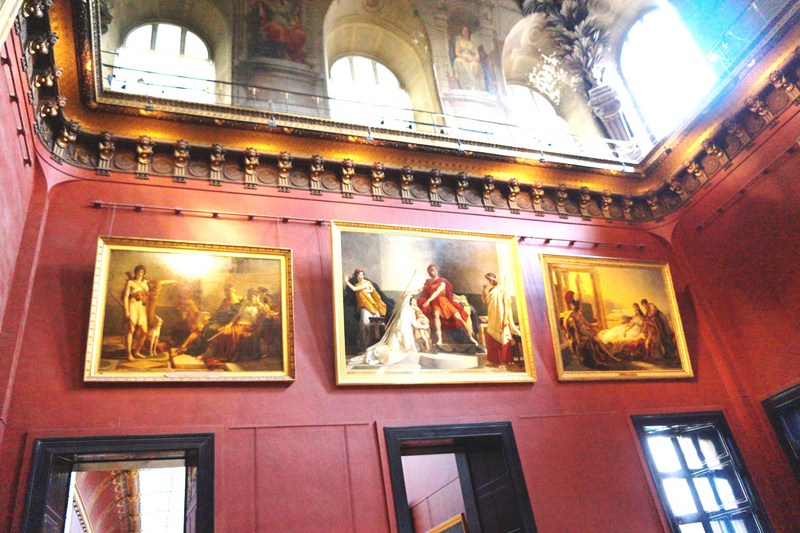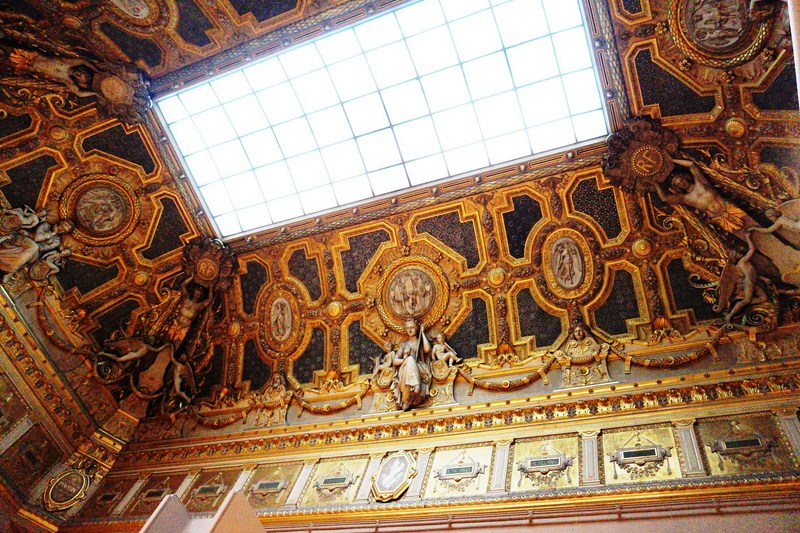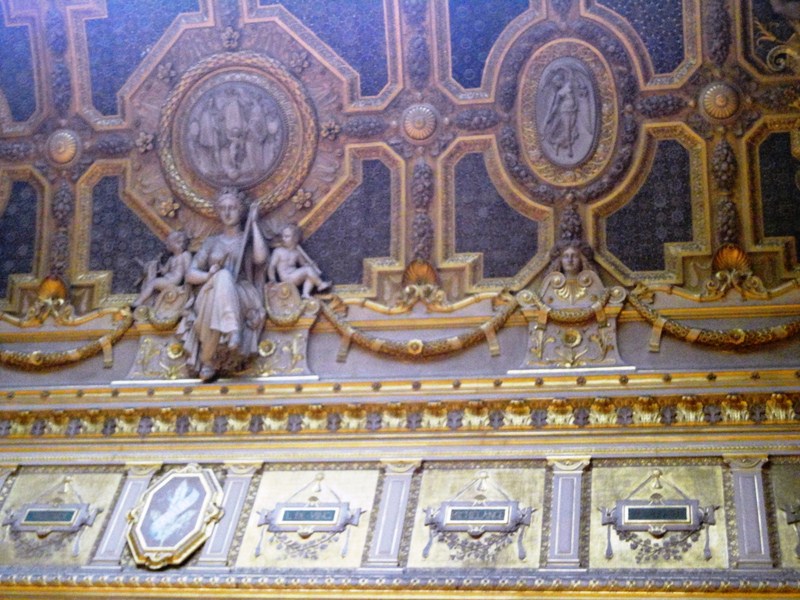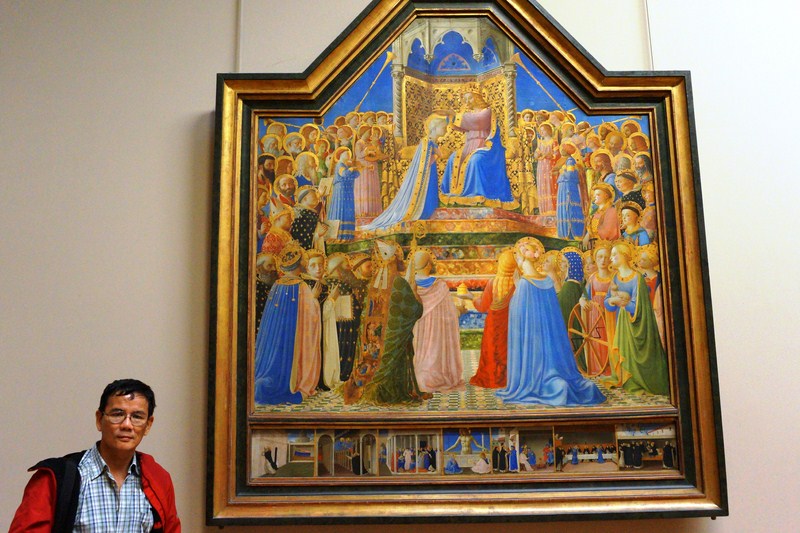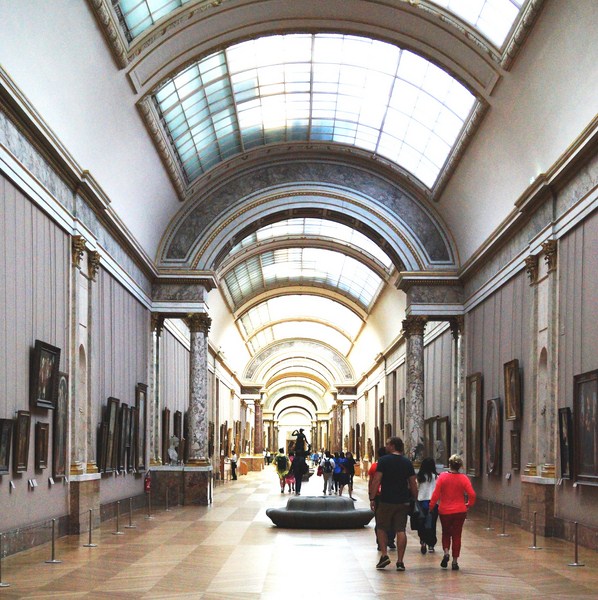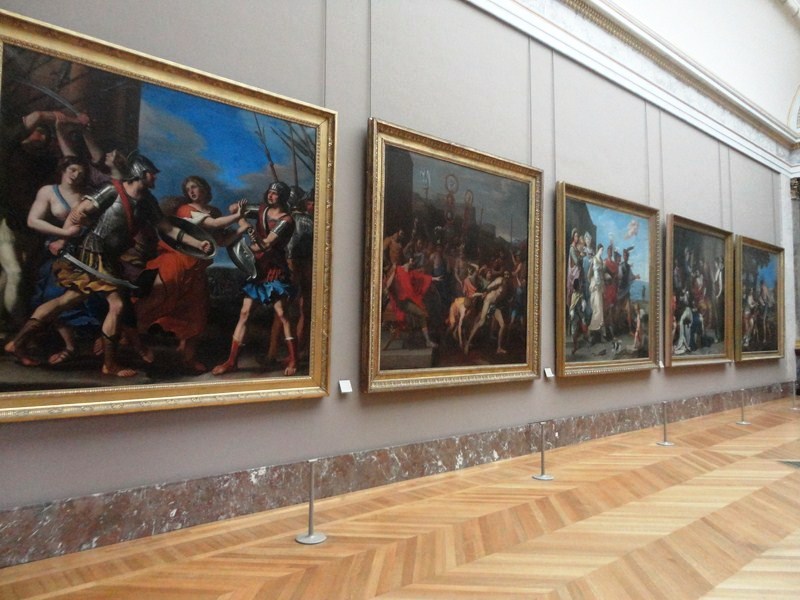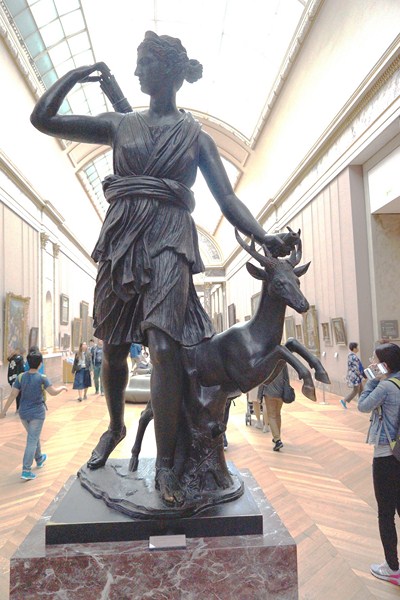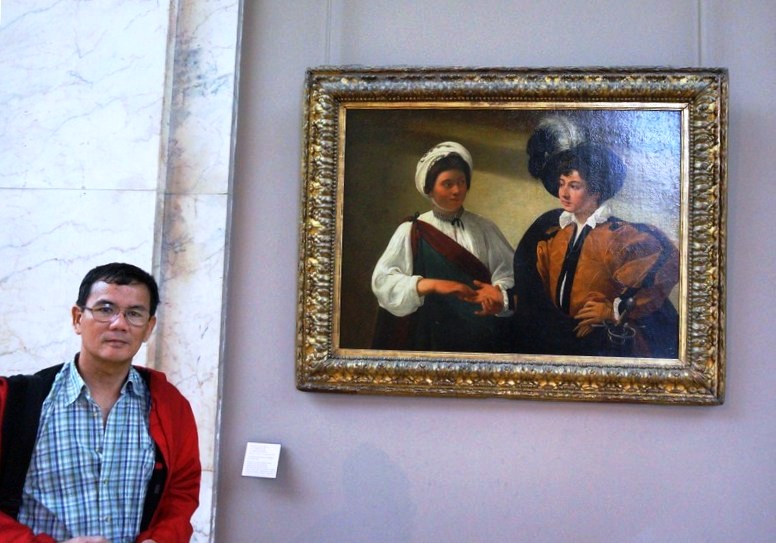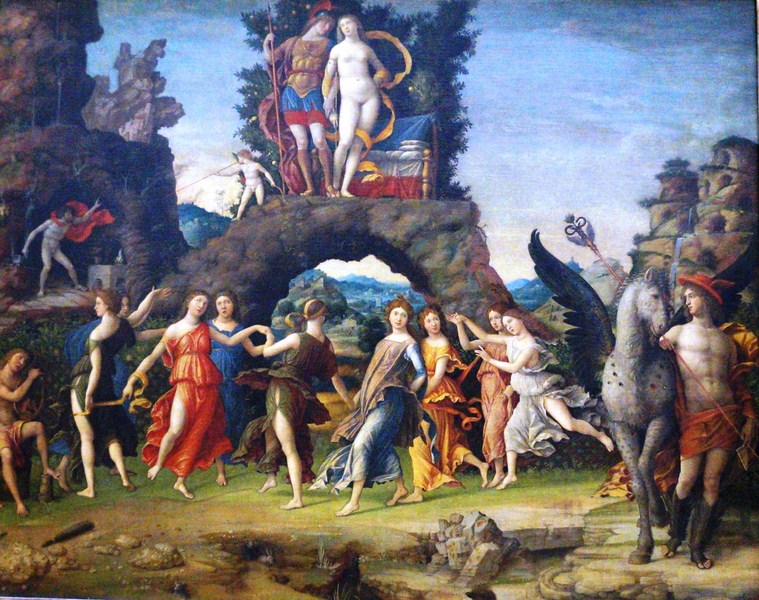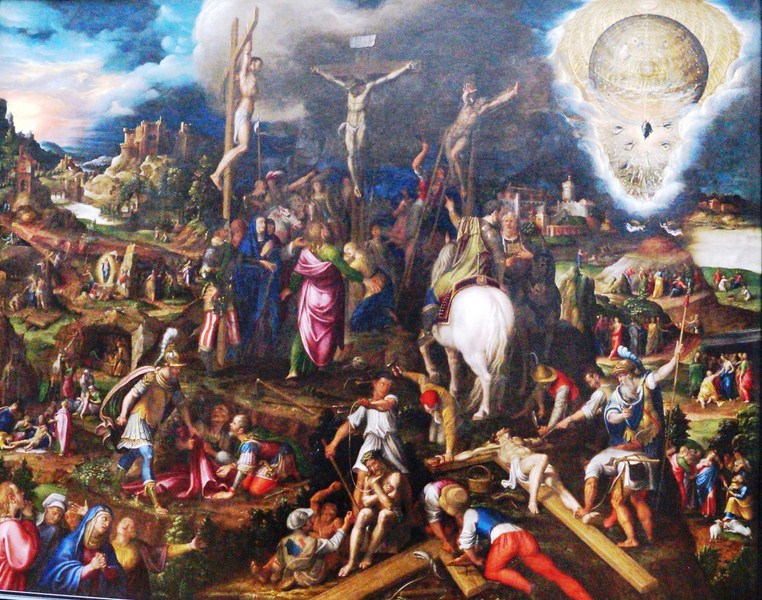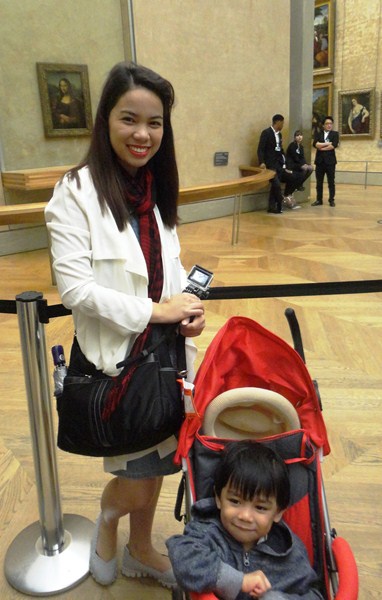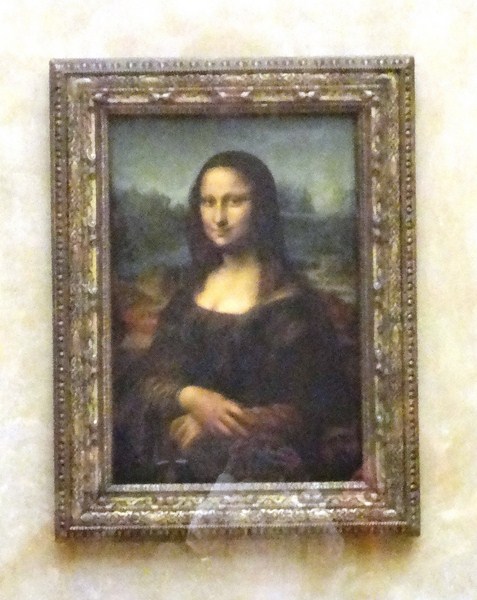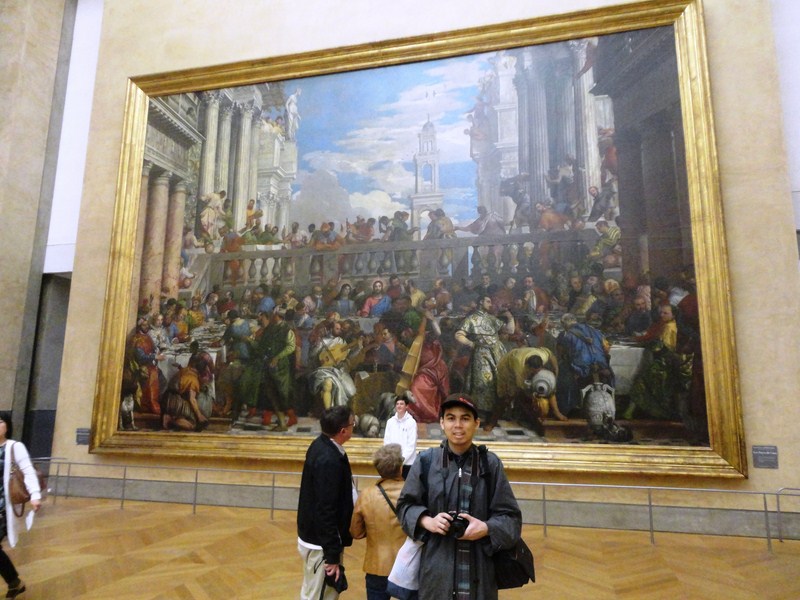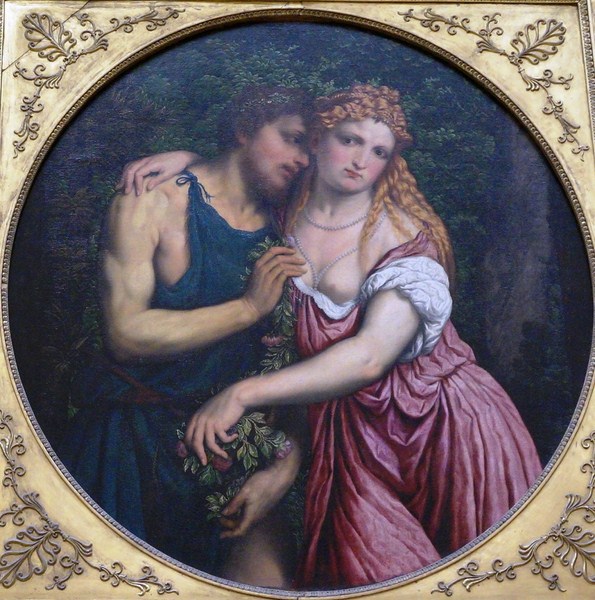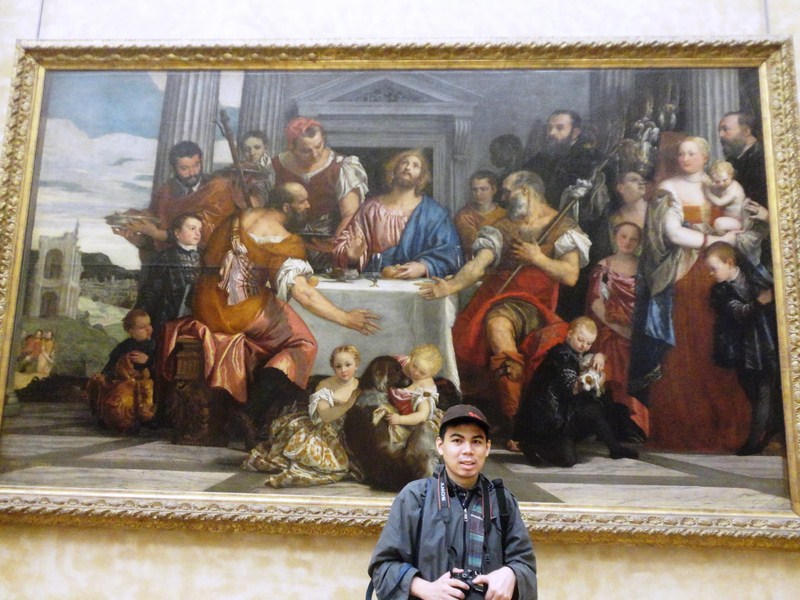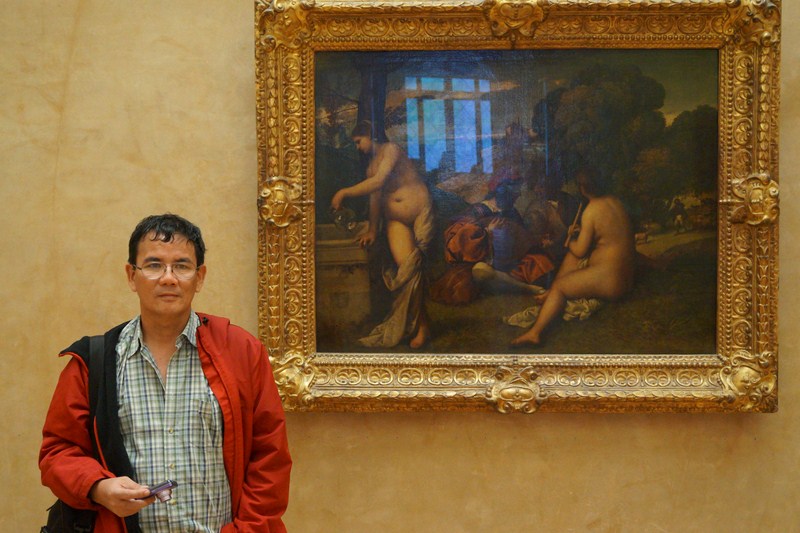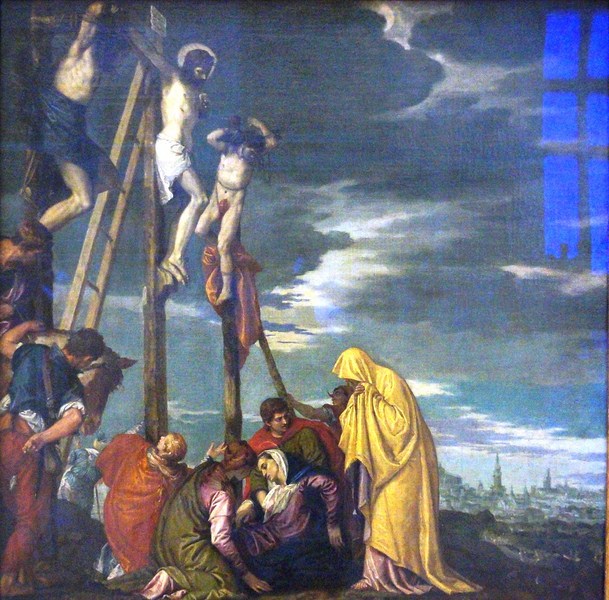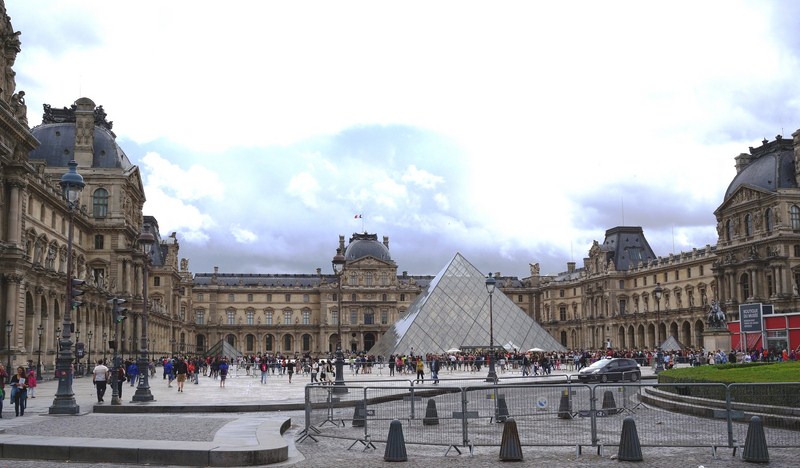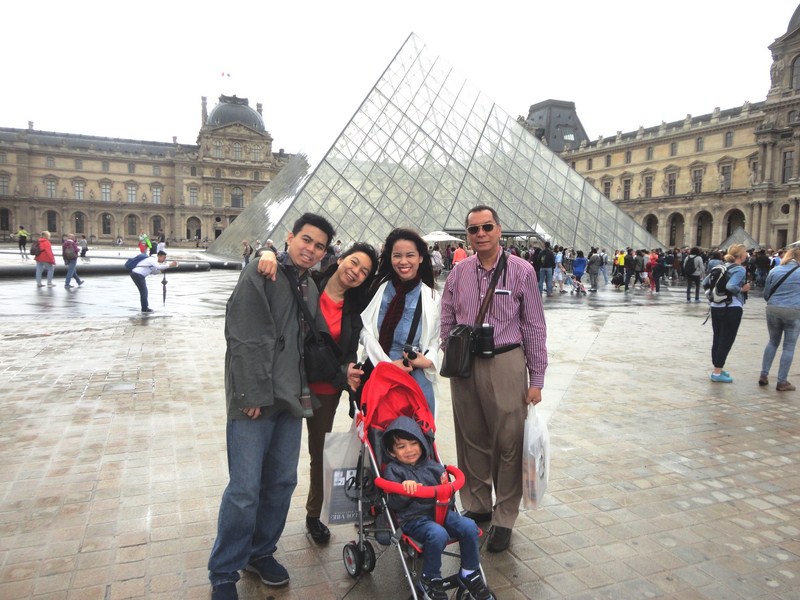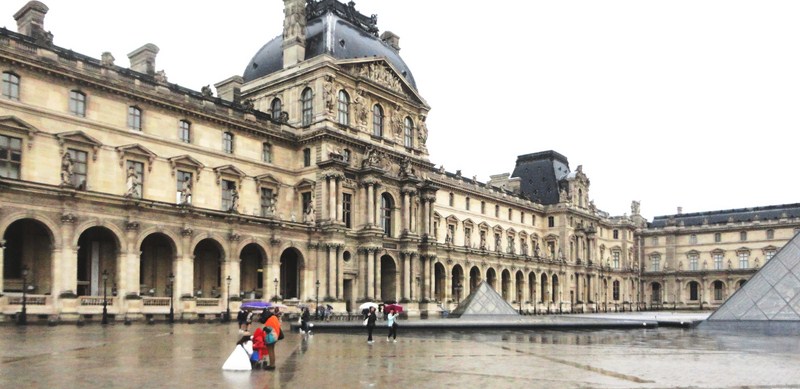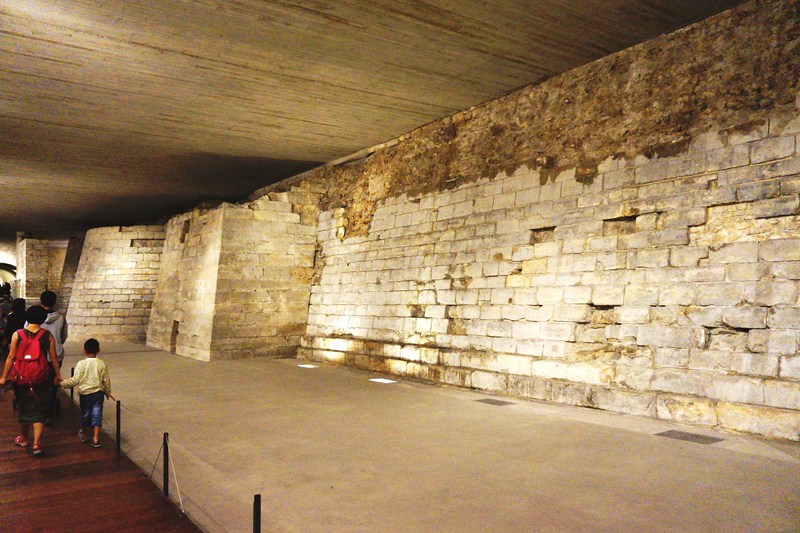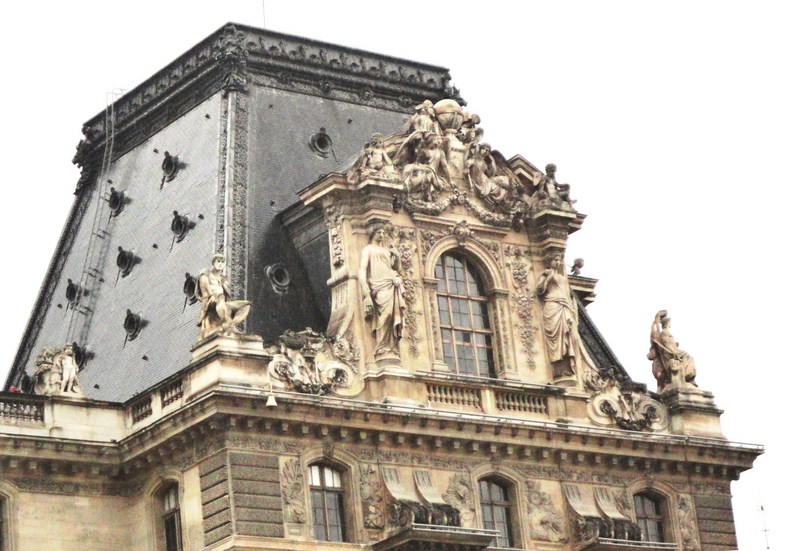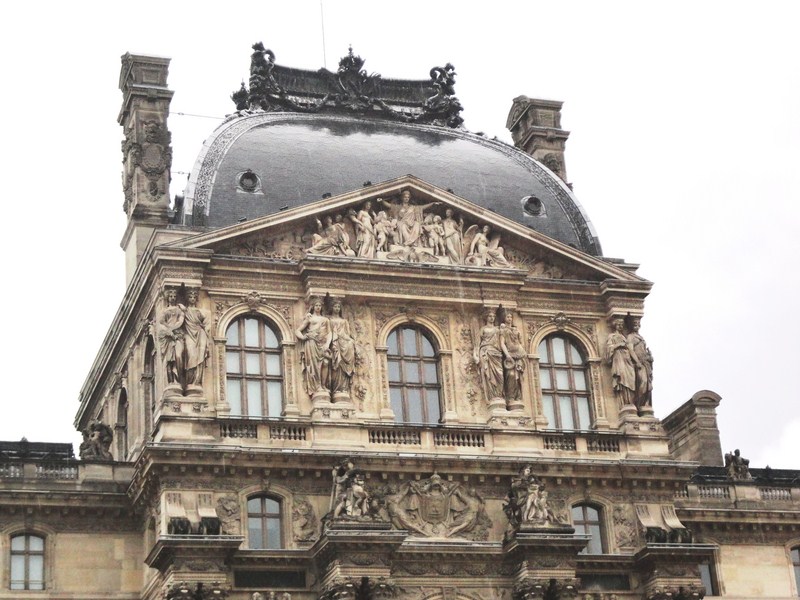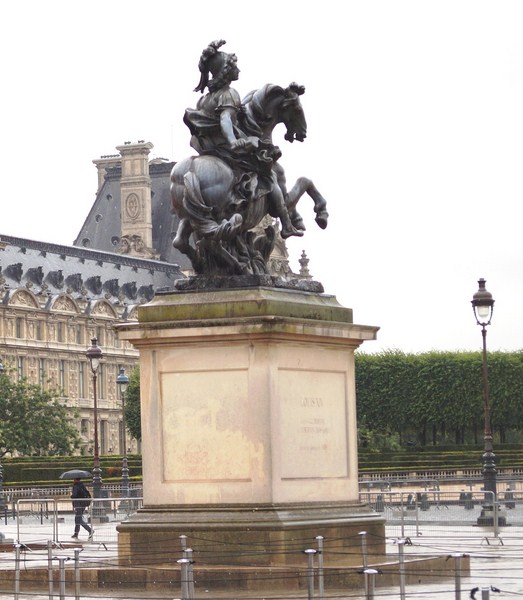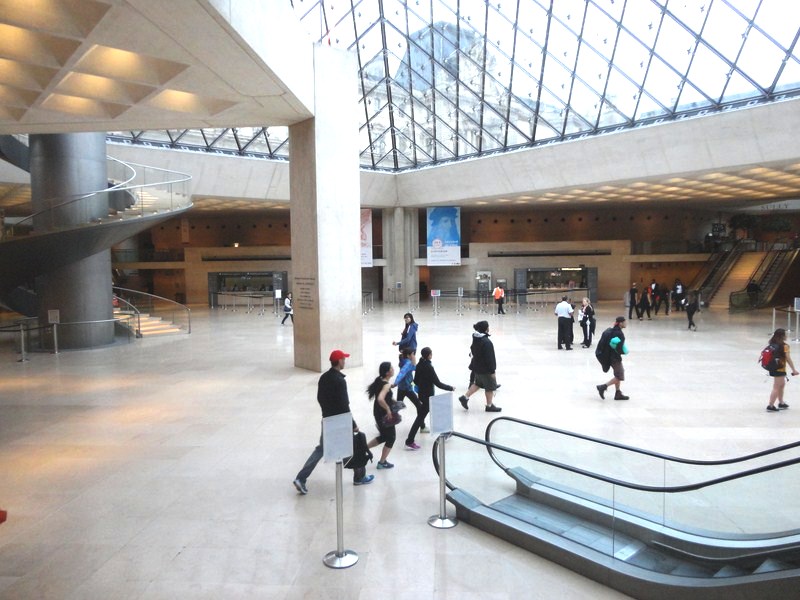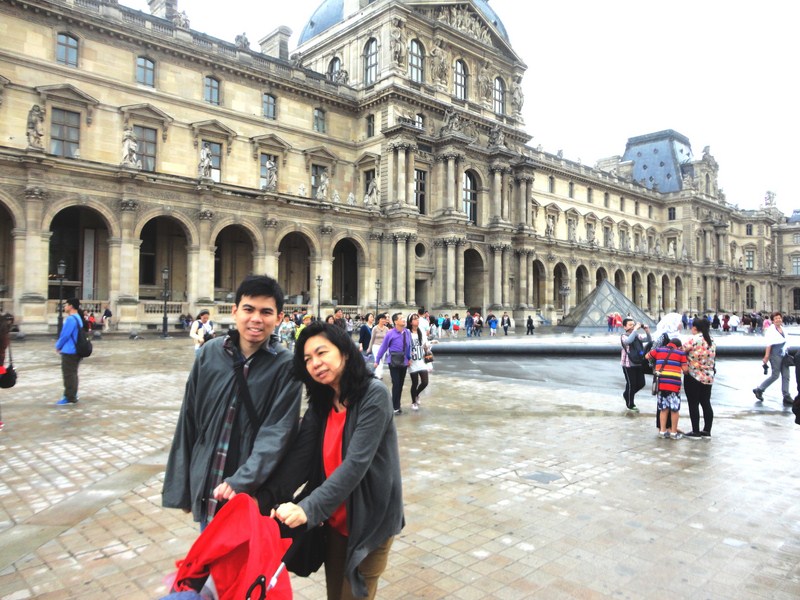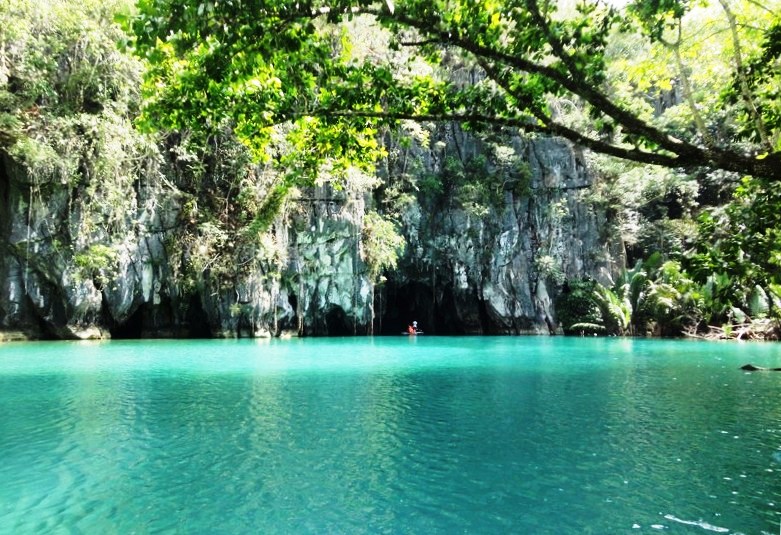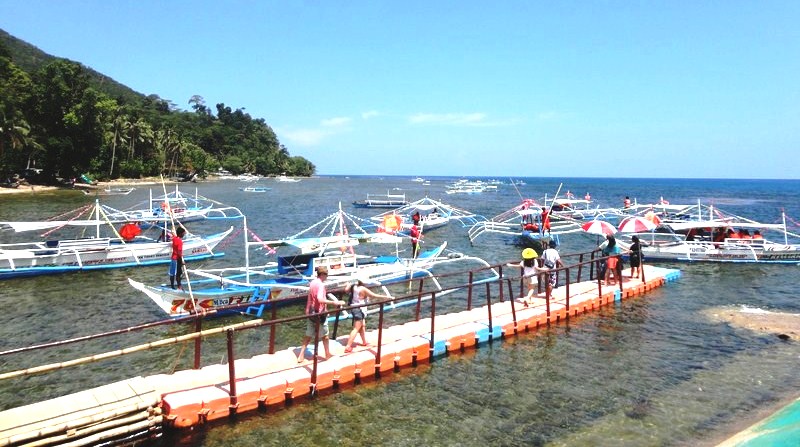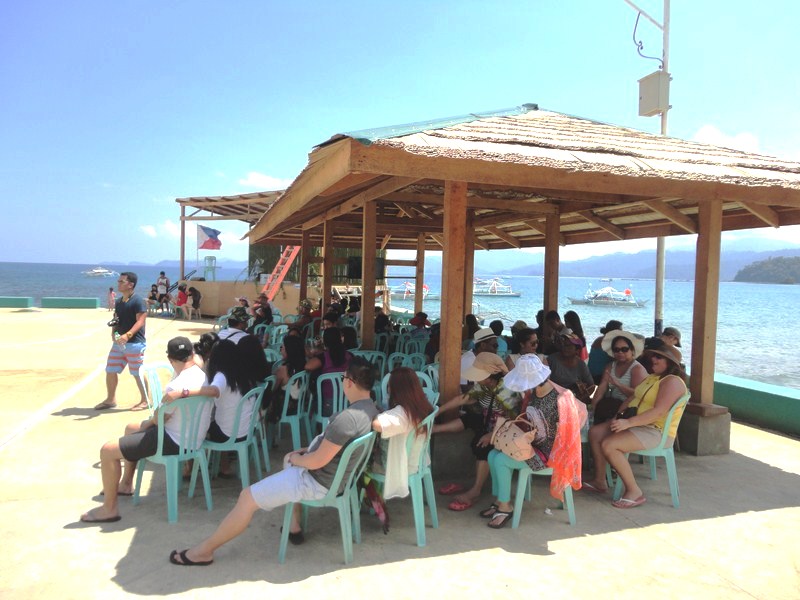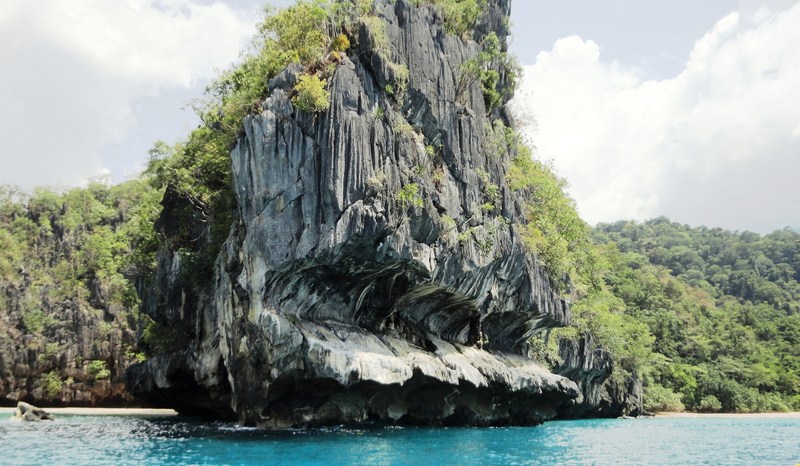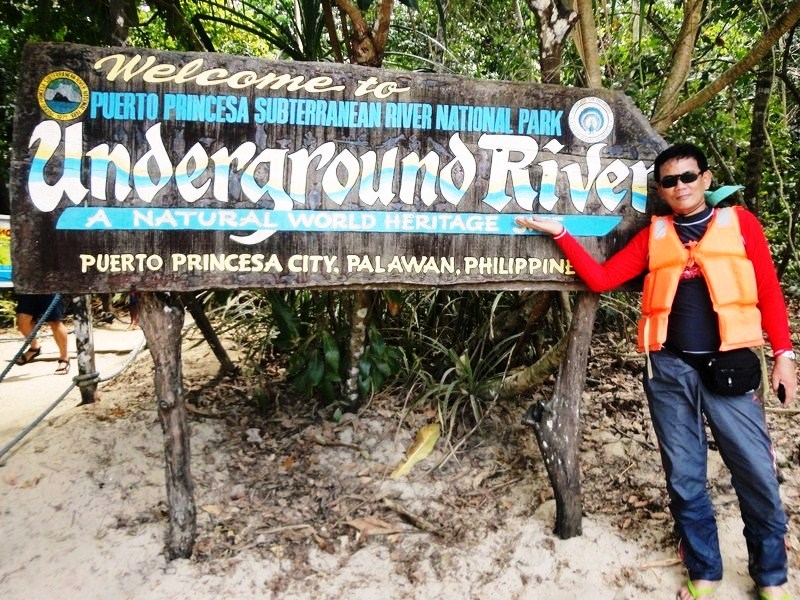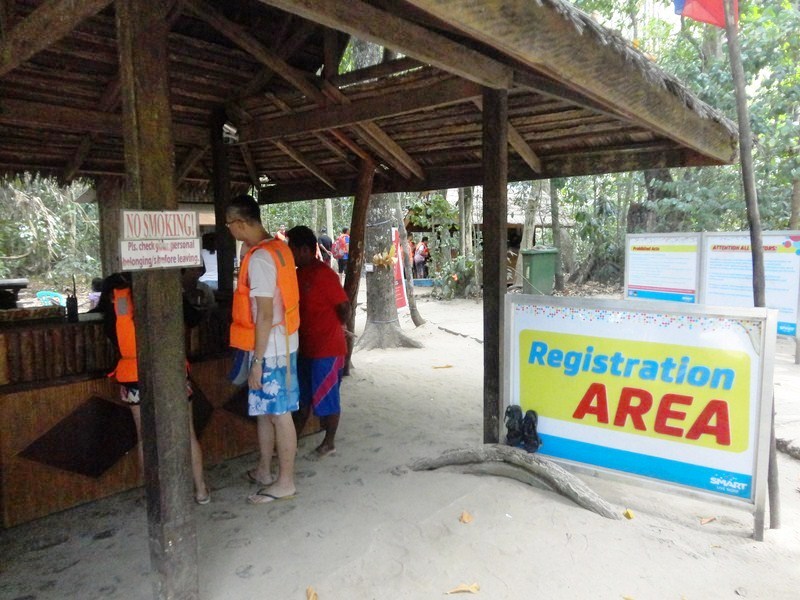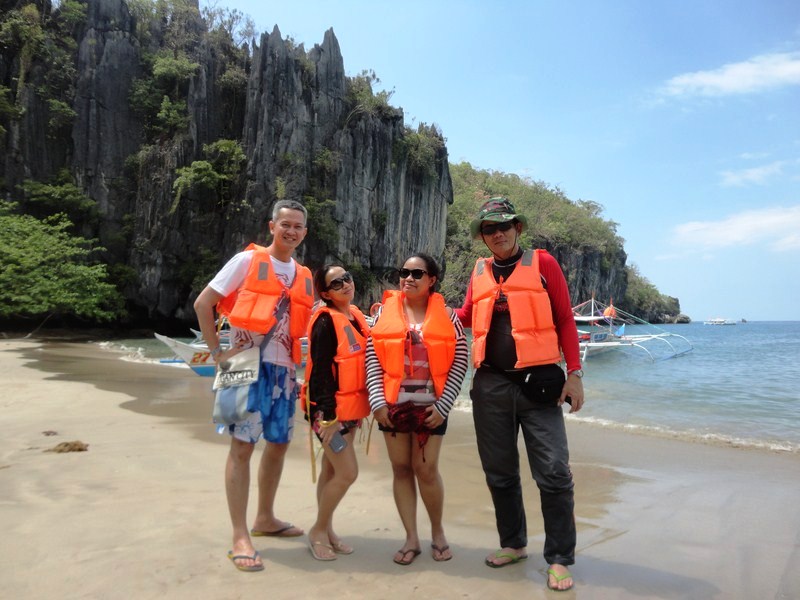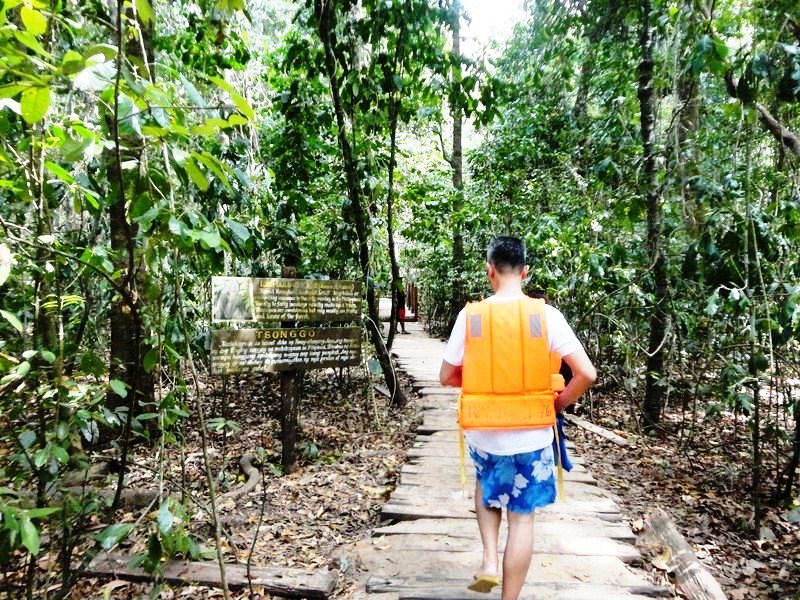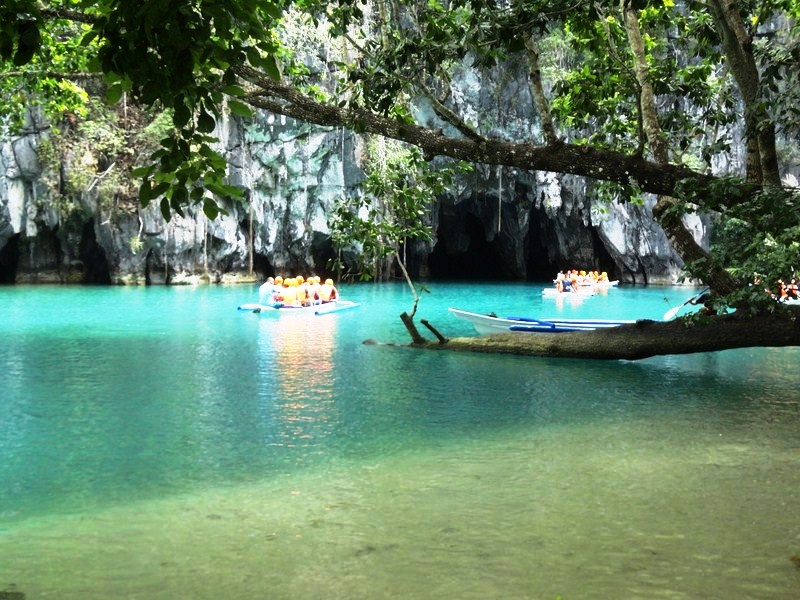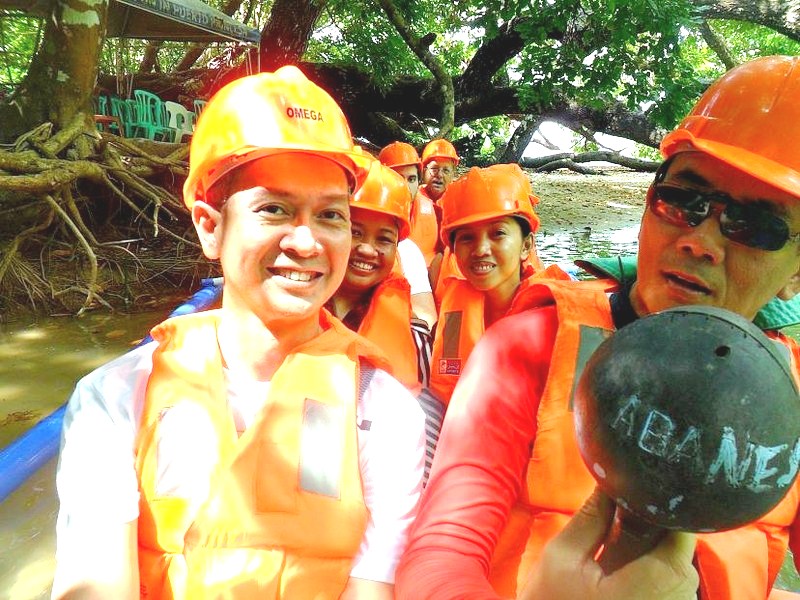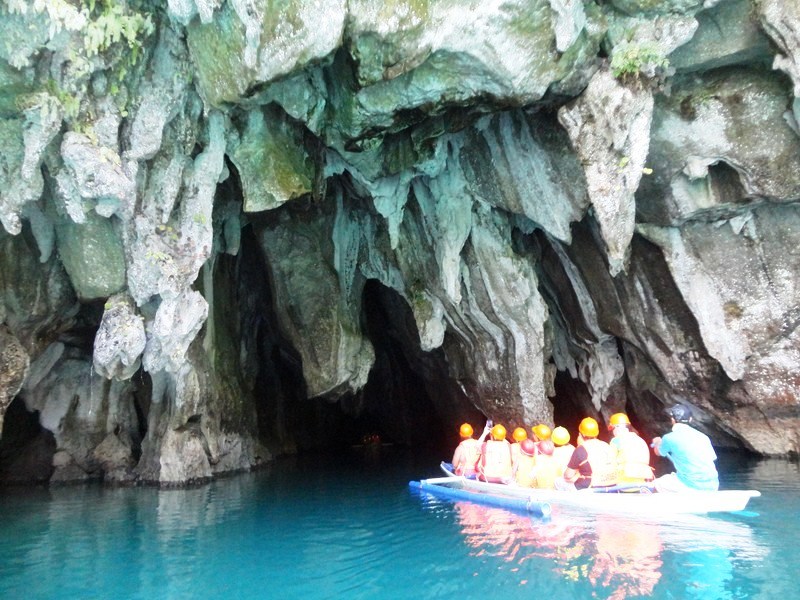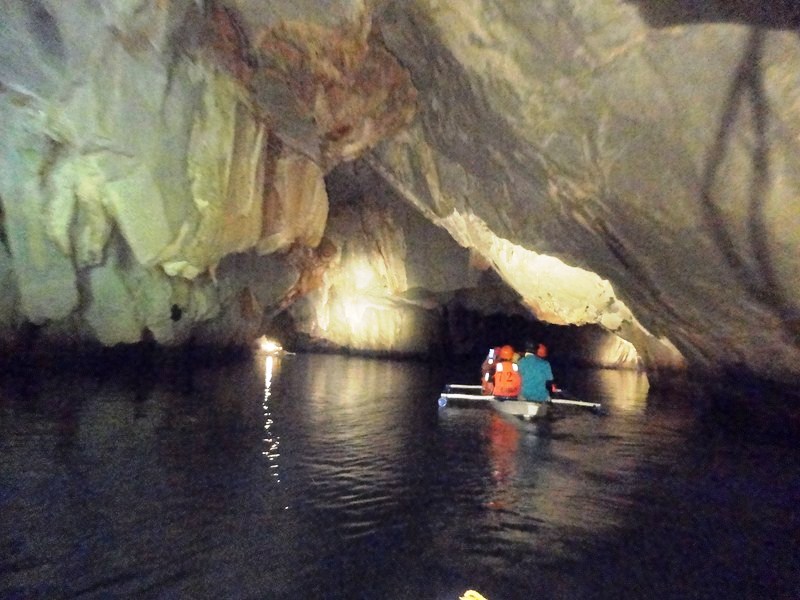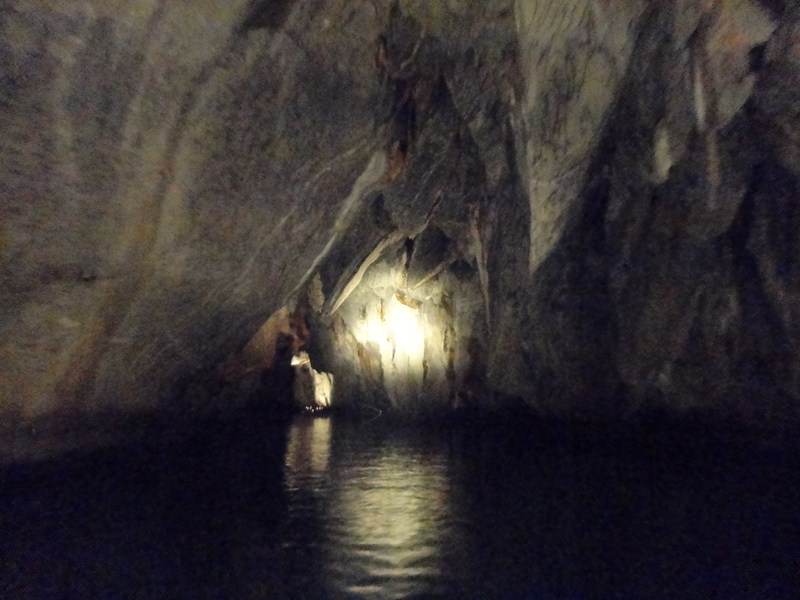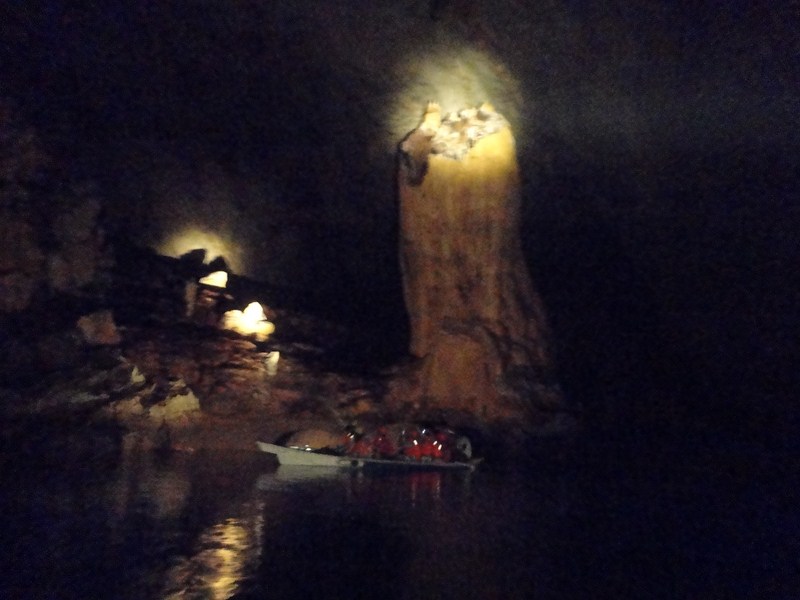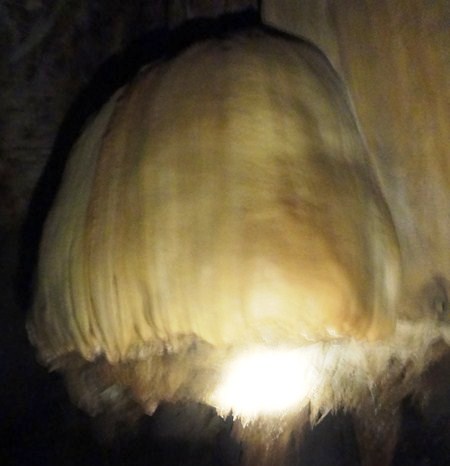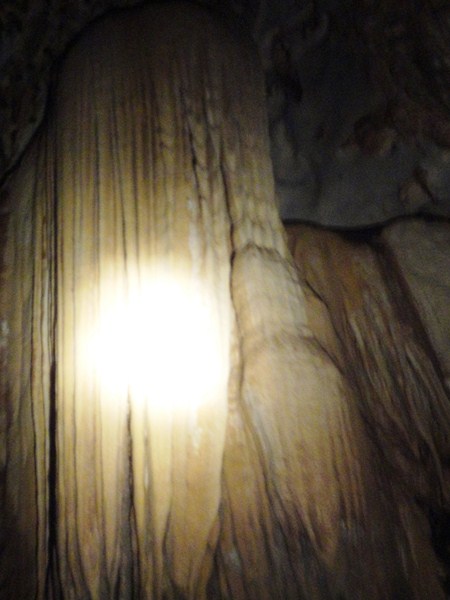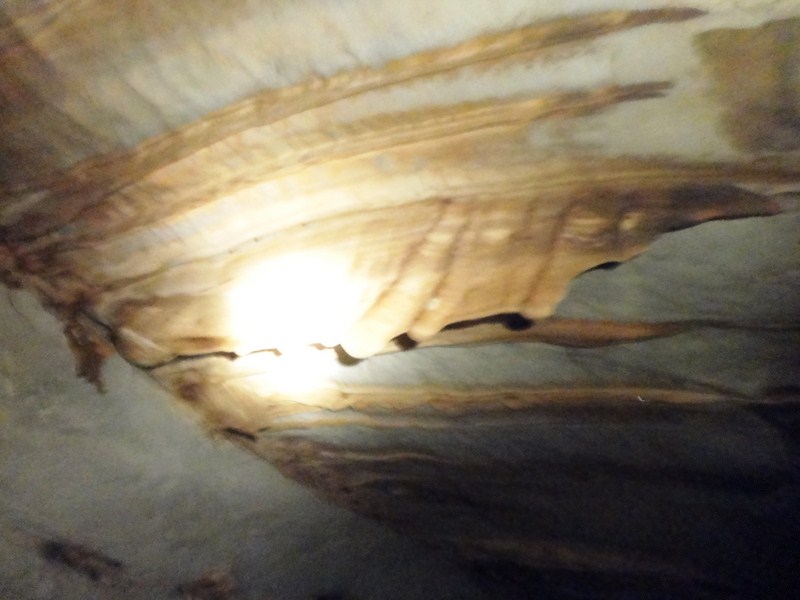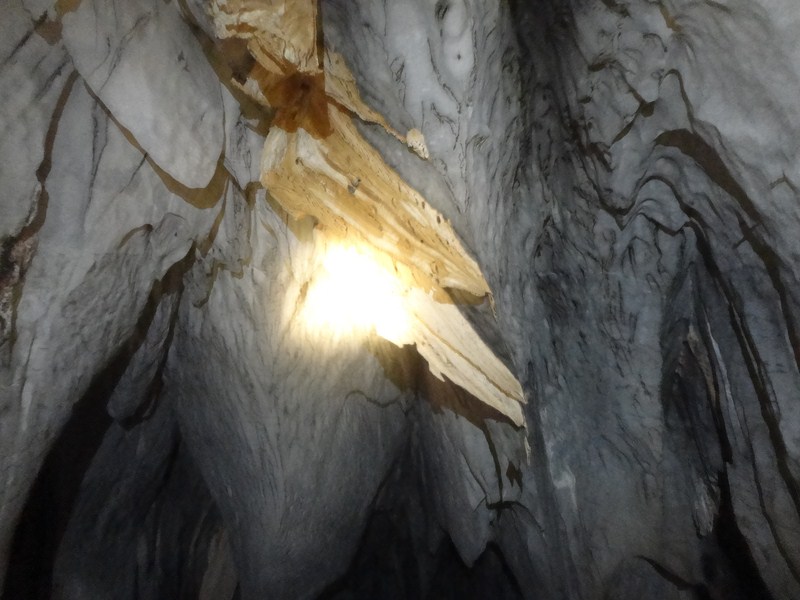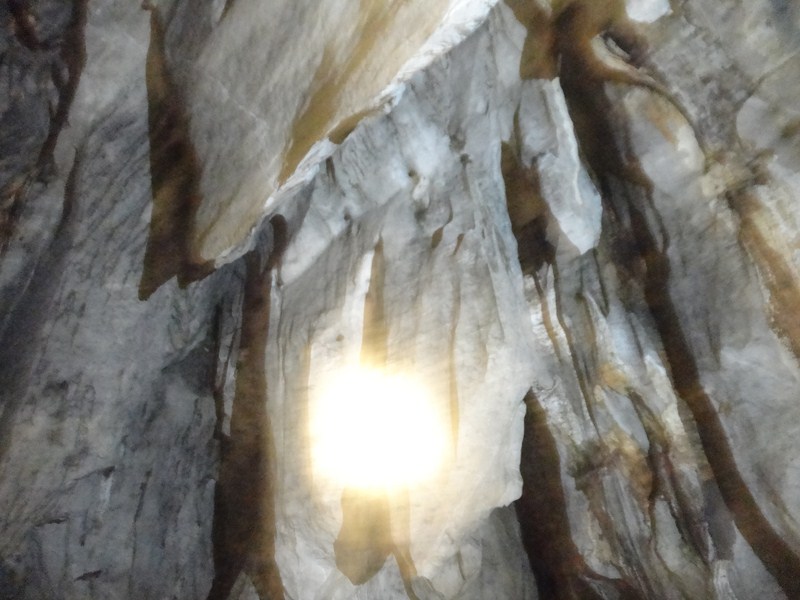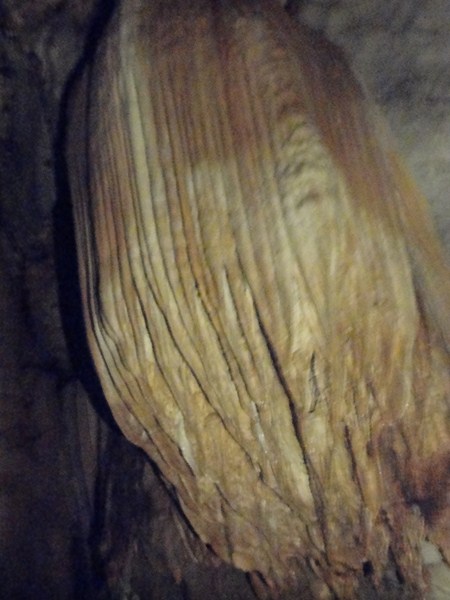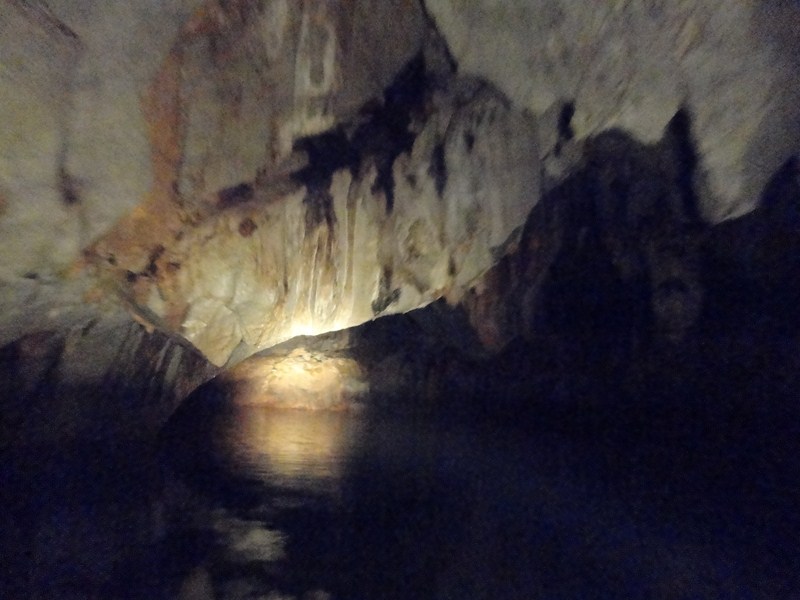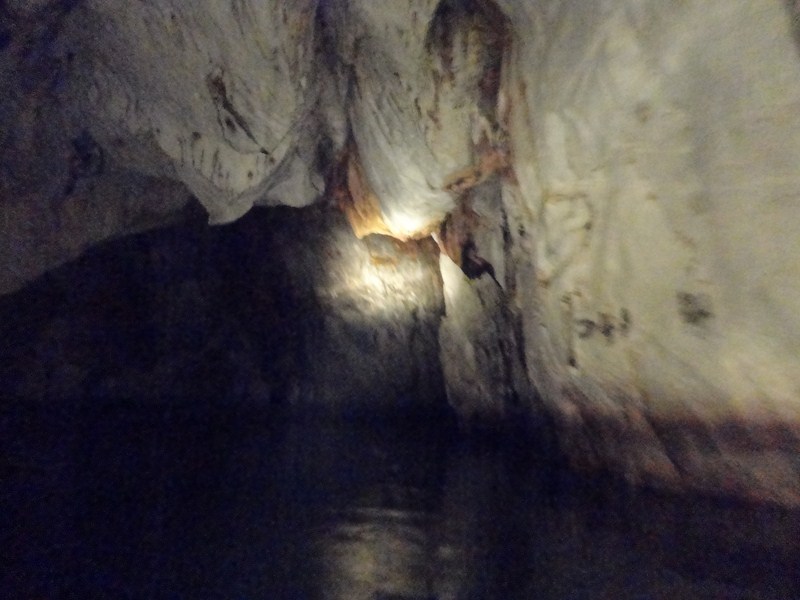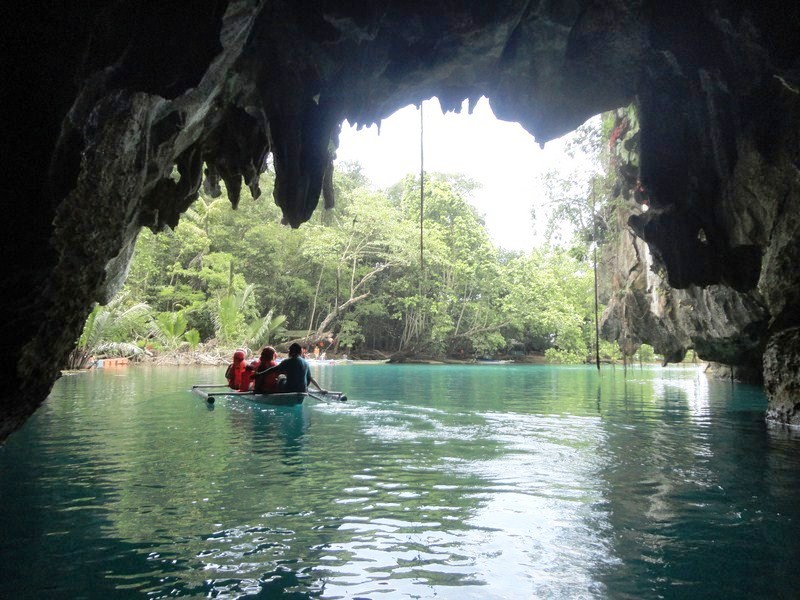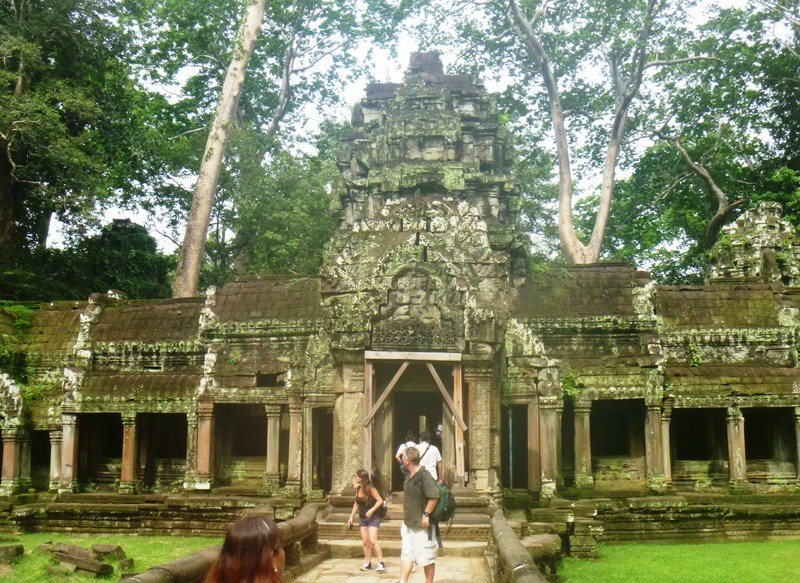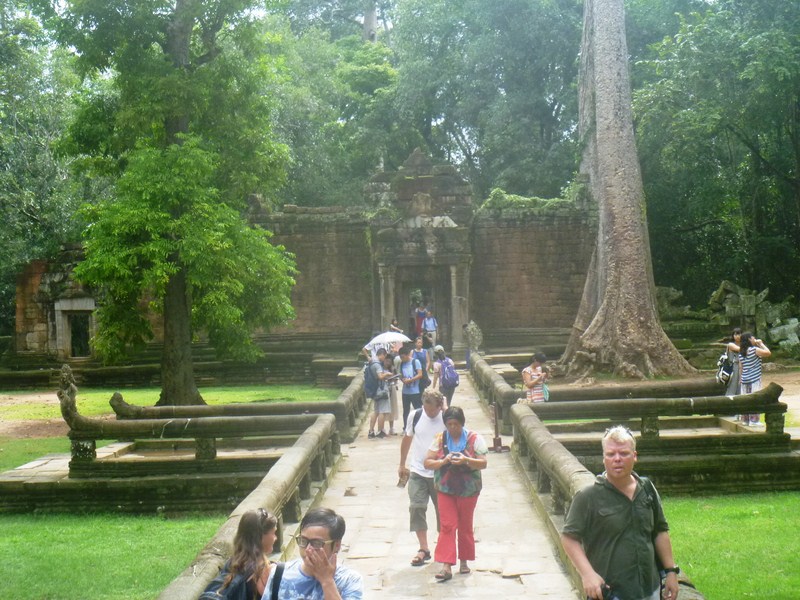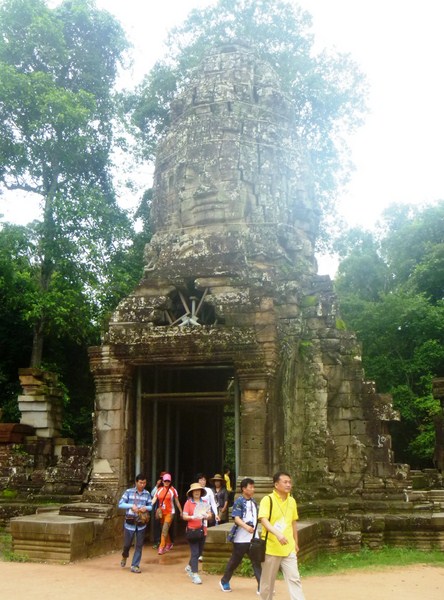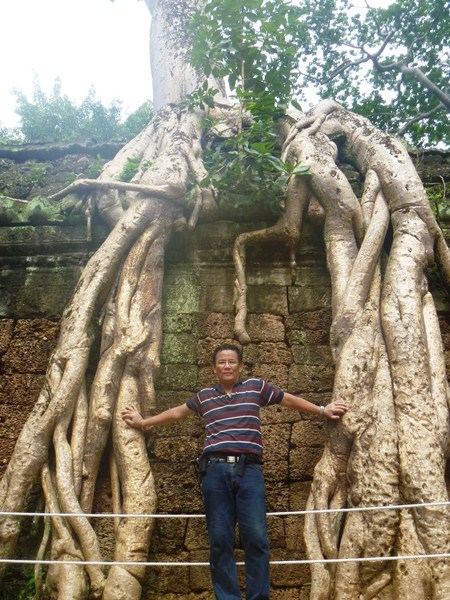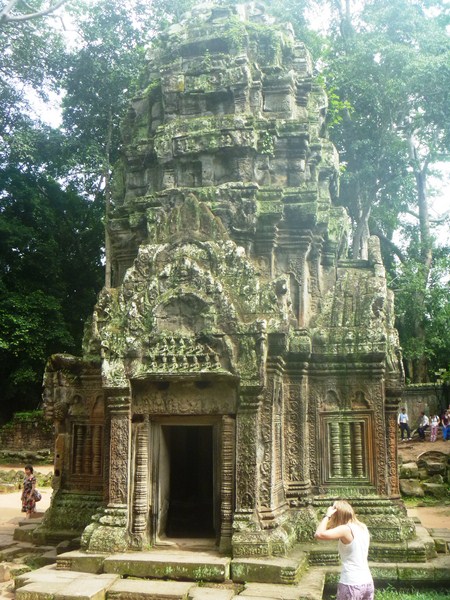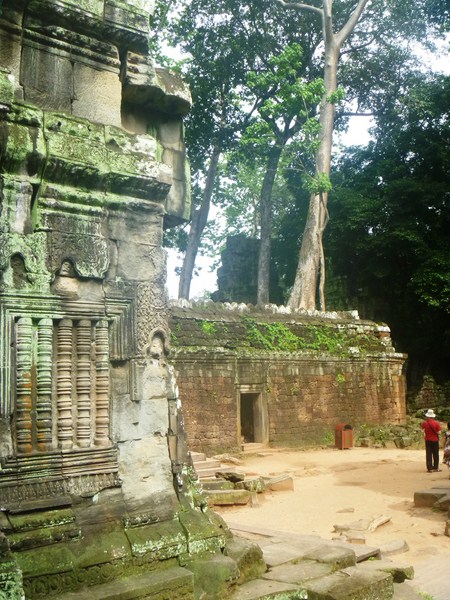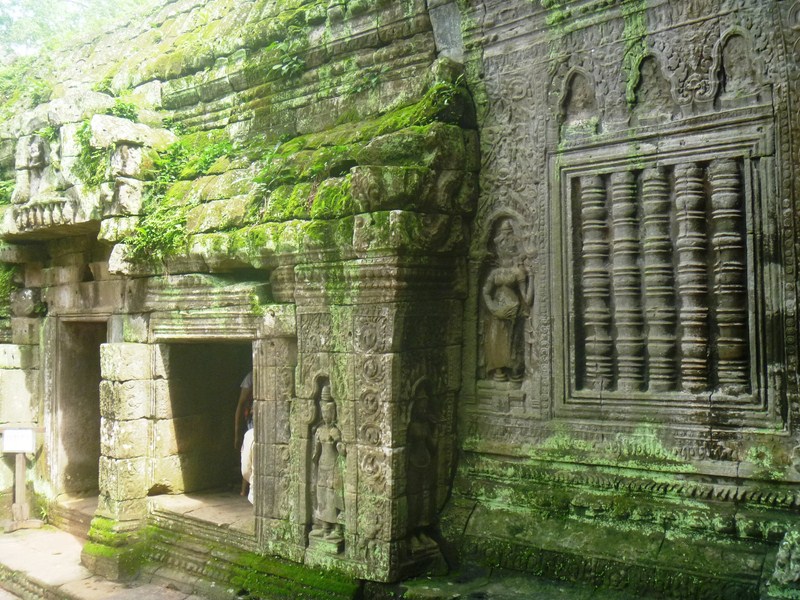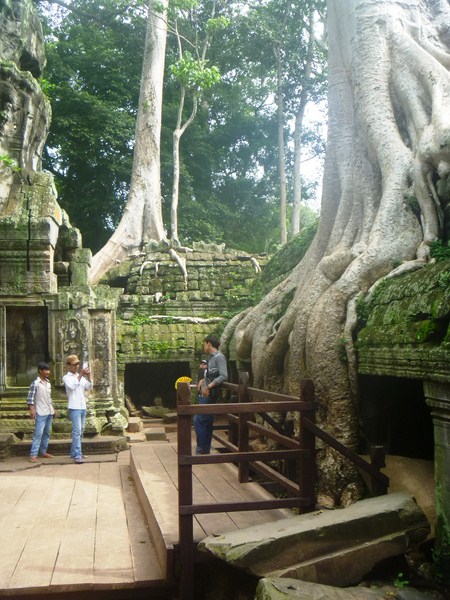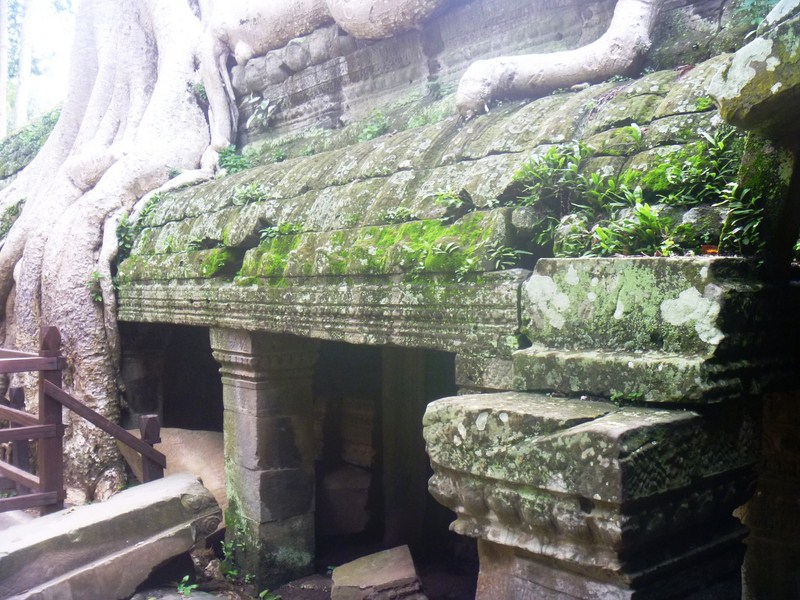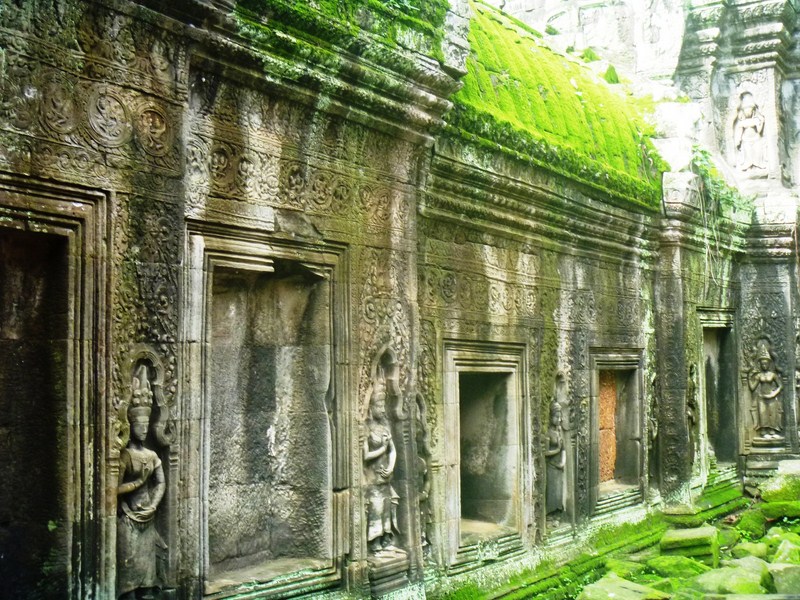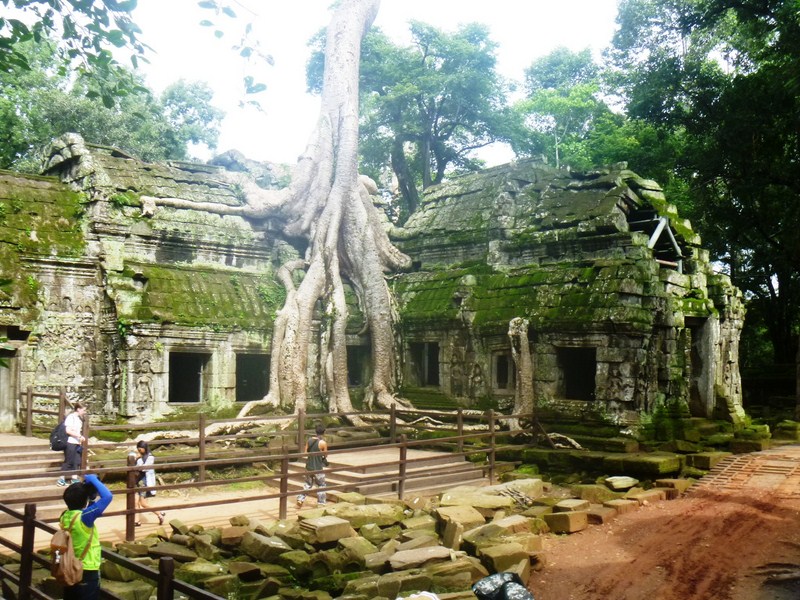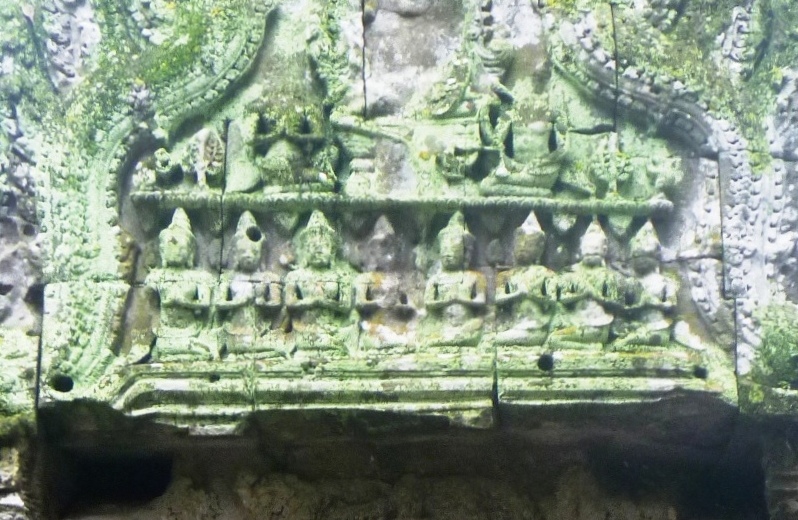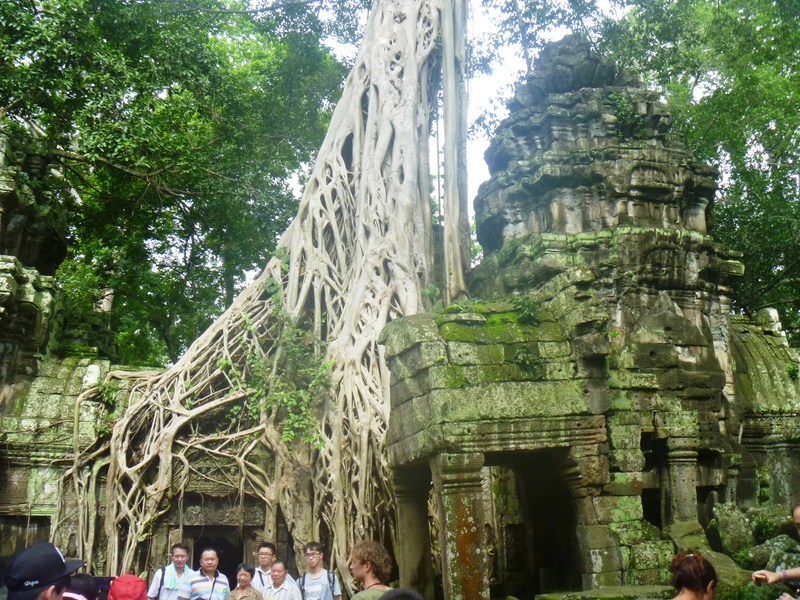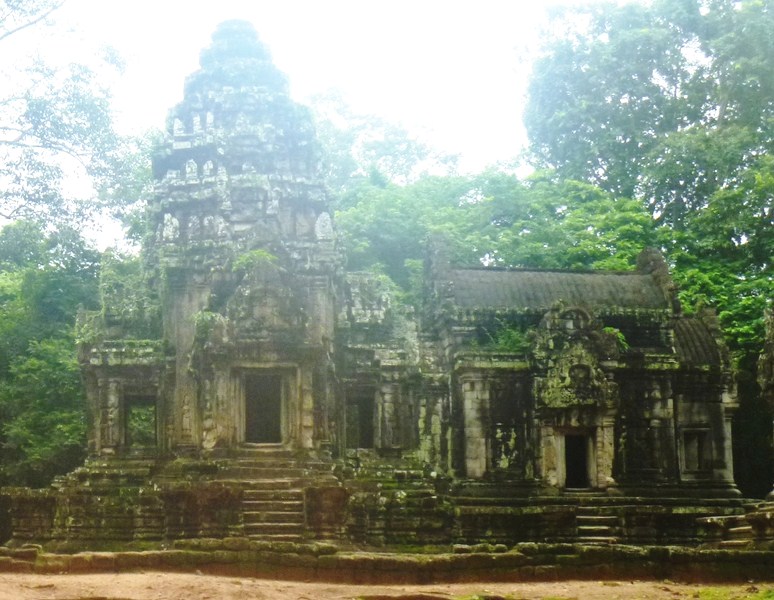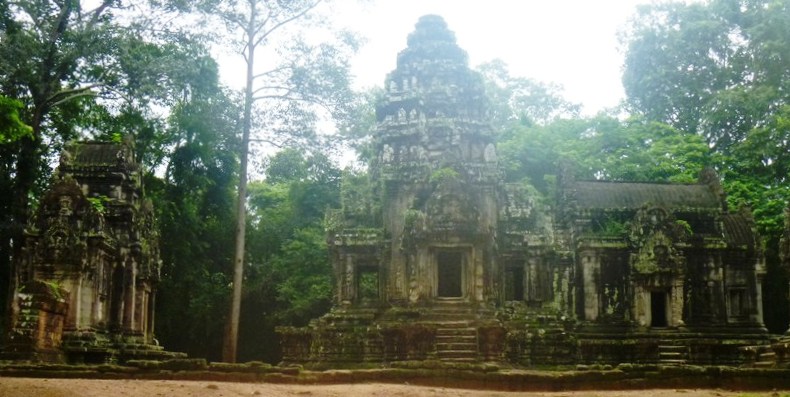Created for the imperial museum in 1863, this gallery was decorated in red and gold (the French imperial colors) by the painter Alexandre Dominique Denuelle for the imperial museum.
Check out “Louvre Museum”
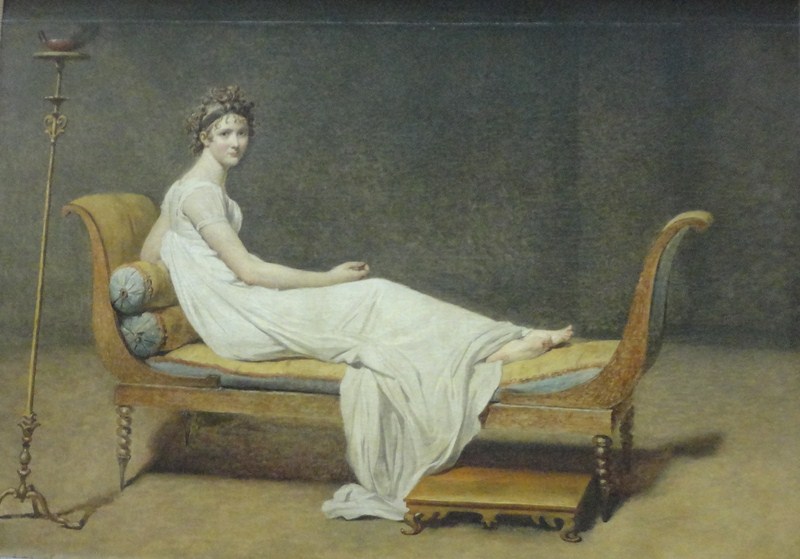
Portrait of Madame Recamier (Jacques Louis-David)
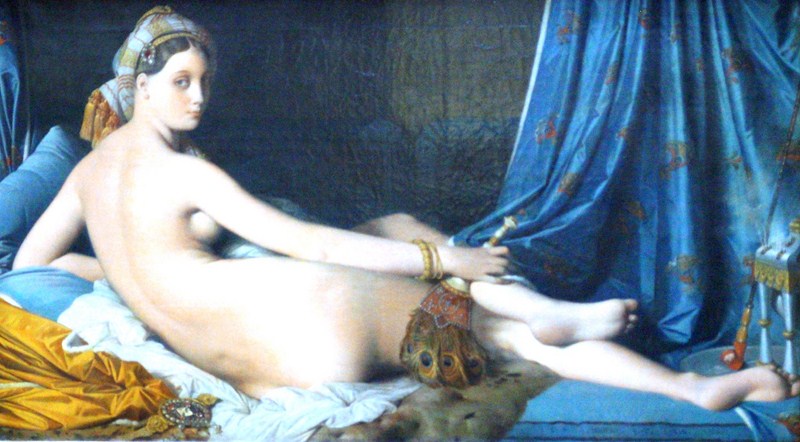
Grande Odalisque (also known asUne Odalisque or La Grande Odalisque), an oil painting by Jean Auguste Dominique Ingres, was commissioned by Napoleon’s sister, Queen Caroline Murat of Naples, and finished in 1814. It depicts a reclining figure of an odalisque, or concubine, in languid pose as seen from behind with distorted proportions. When it was first shown, it attracted wide criticism for the elongated proportions and lack of anatomical realism.

The Intervention of the Sabine Women, a 1799 painting by the French painter Jacques-Louis David, shows a legendary episode following the abduction of the Sabine women by the founding generation of Rome. The painting depicts Hersilia, Romulus’s wife and the daughter of Titus Tatius, leader of the Sabines. She is seen rushing between her husband and her father and placing her babies between them. A vigorous Romulus prepares to strike a half-retreating Tatius with his spear, but hesitates.
Today, it devoted to large-scale Neo-Classical paintings by French painters or related to French history, notably Jacques-Louis David‘s masterpiece The Coronation of the Napoleon and The Coronation of Empress Joséphine.
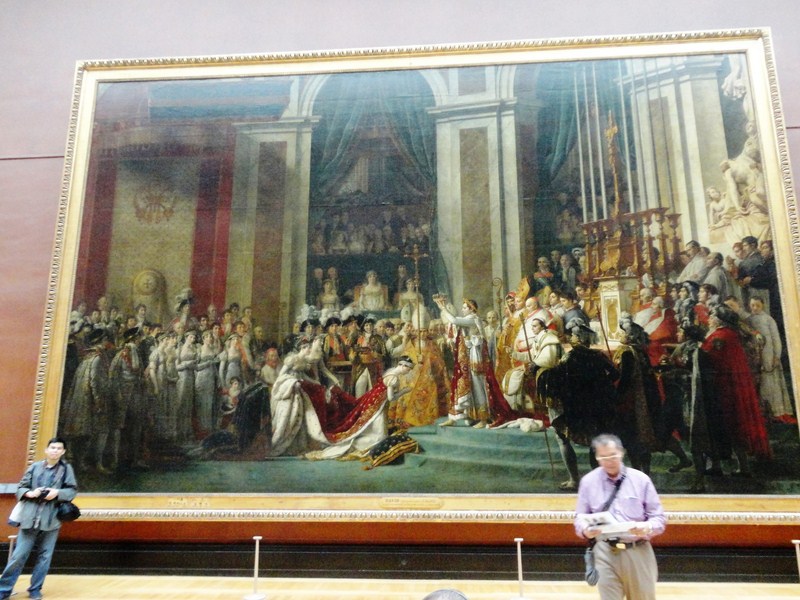
The imposing, 10 m. (33 ft) wide and 6 m. (20 ft.) high Coronation of Napoleon, a painting completed in 1807 by Jacques-Louis David as the official painter of Napoleon, depicts the crowning and the coronation that took place at Notre-Dame de Paris, Napoleon’s way to make it clear that he was a son of the Revolution.

Oath of the Horatii, a large painting by the French artist Jacques-Louis David painted in 1784, immediately became a huge success with critics and the public, and remains one of the best known paintings in the Neoclassical style of art. It depicts a scene from a Roman legend about a dispute between two warring cities, Rome and Alba Longa. The painting increased David’s fame, allowing him to take on his own students.
The room contains, amongst other things, large-scale French Neo-Classical paintings by Francois Gérard, Anne-Louis Girodet de Roussy-Trioson, Antoine-Jean Gros and Charles-François-Prosper Guérin.

Oedipus Explaining the Enigma of the Sphinx, an oil painting by Jean Auguste Dominique Ingres (1808), was initially a figure study that made up one of Ingres’s “dispatches from Rome.” Then, almost twenty years later, Ingres enlarged it to make a history painting and in so doing toned down the archaism of the earlier canvas.
Salle Daru: Room 75, First Floor, Denon Wing, Louvre, Paris75001, France. Tel: +33 1 40 20 50 50. Open daily, except Tuesdays and holidays, 9 AM- 6 PM (until 10 PM on Wednesday and Friday evenings).
The Louvre has three entrances: the main entrance at the pyramid, an entrance from the Carrousel du Louvre underground shopping mall, and an entrance at the Porte des Lions (near the western end of the Denon wing).
Admission is free, from October to March, on the first Sunday of every month. Still and video photography is permitted for private, noncommercial use only in the galleries housing the permanent collection. The use of flash or other means of artificial lighting is prohibited. Photography and filming are not permitted in the temporary exhibition galleries.
How To Get There: the Louvre can be reached via Metro lines 1 and 7, station Palais Royal – Musée du Louvre Métro or the Louvre-Rivoli stations. By bus, take No. 21, 24, 27, 39, 48, 68, 69, 72, 81, 95 as well as the touristic Paris l’Open Tour. By car, there is an underground parking reachable by Avenue du Général Lemonier, every day from 7 AM – 11 PM.





